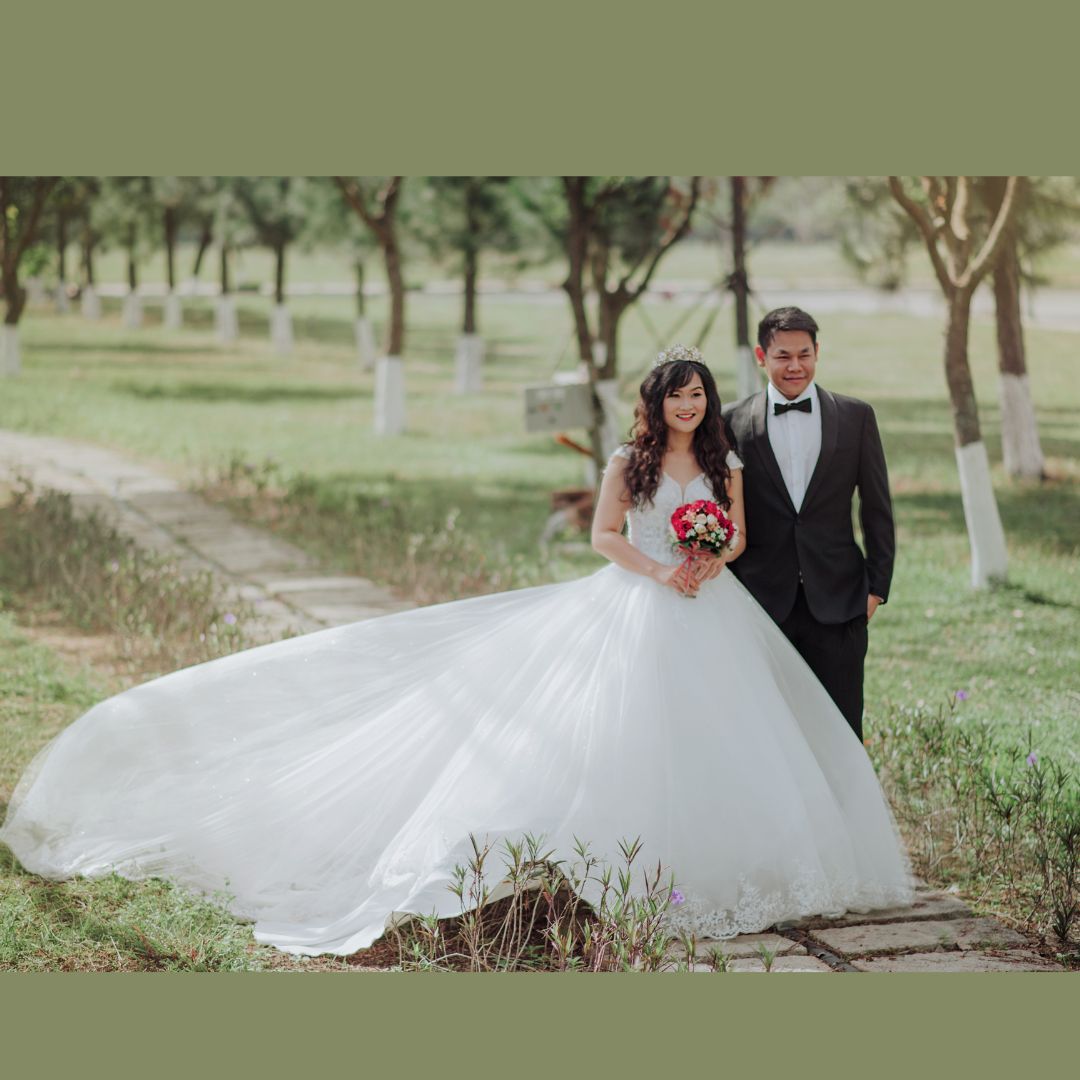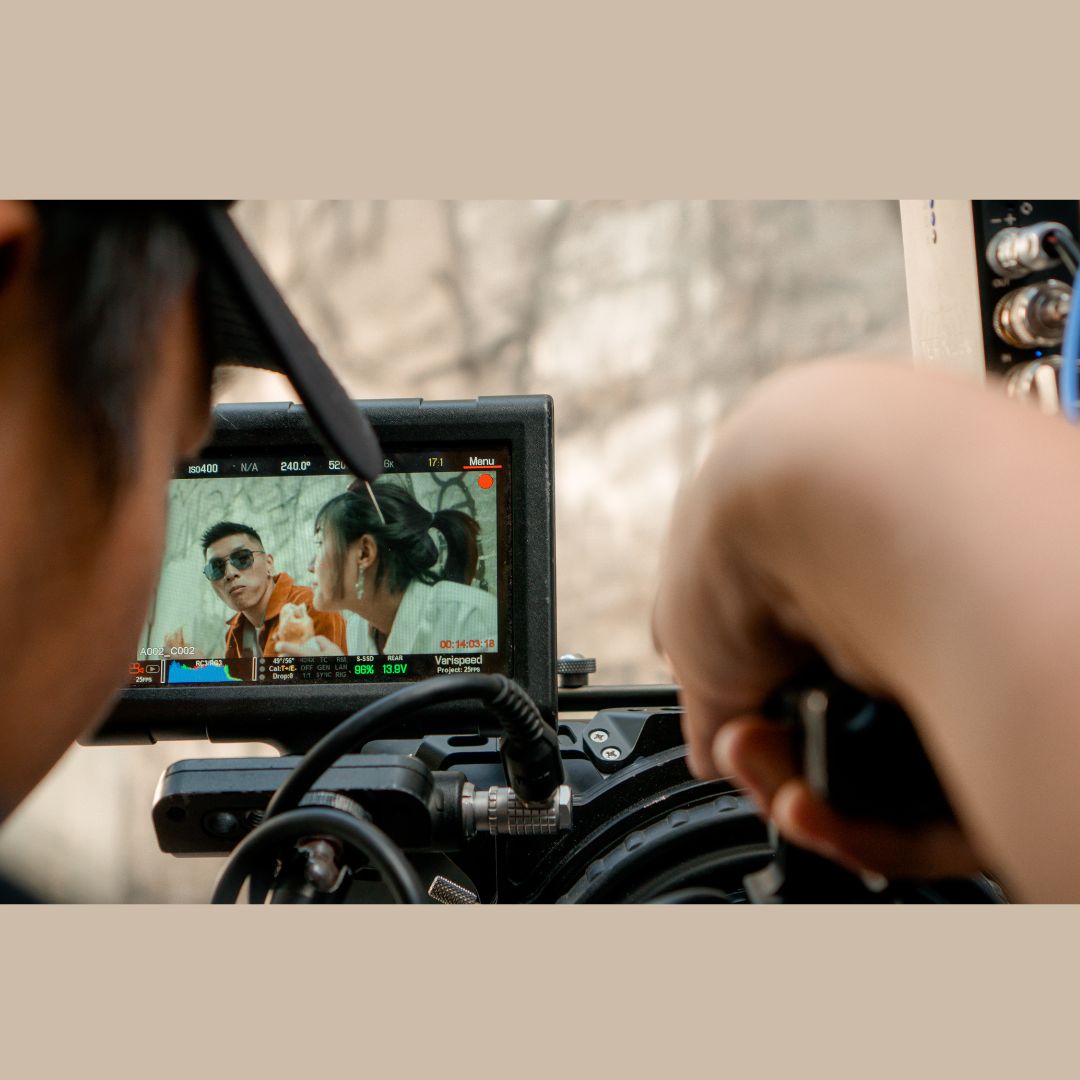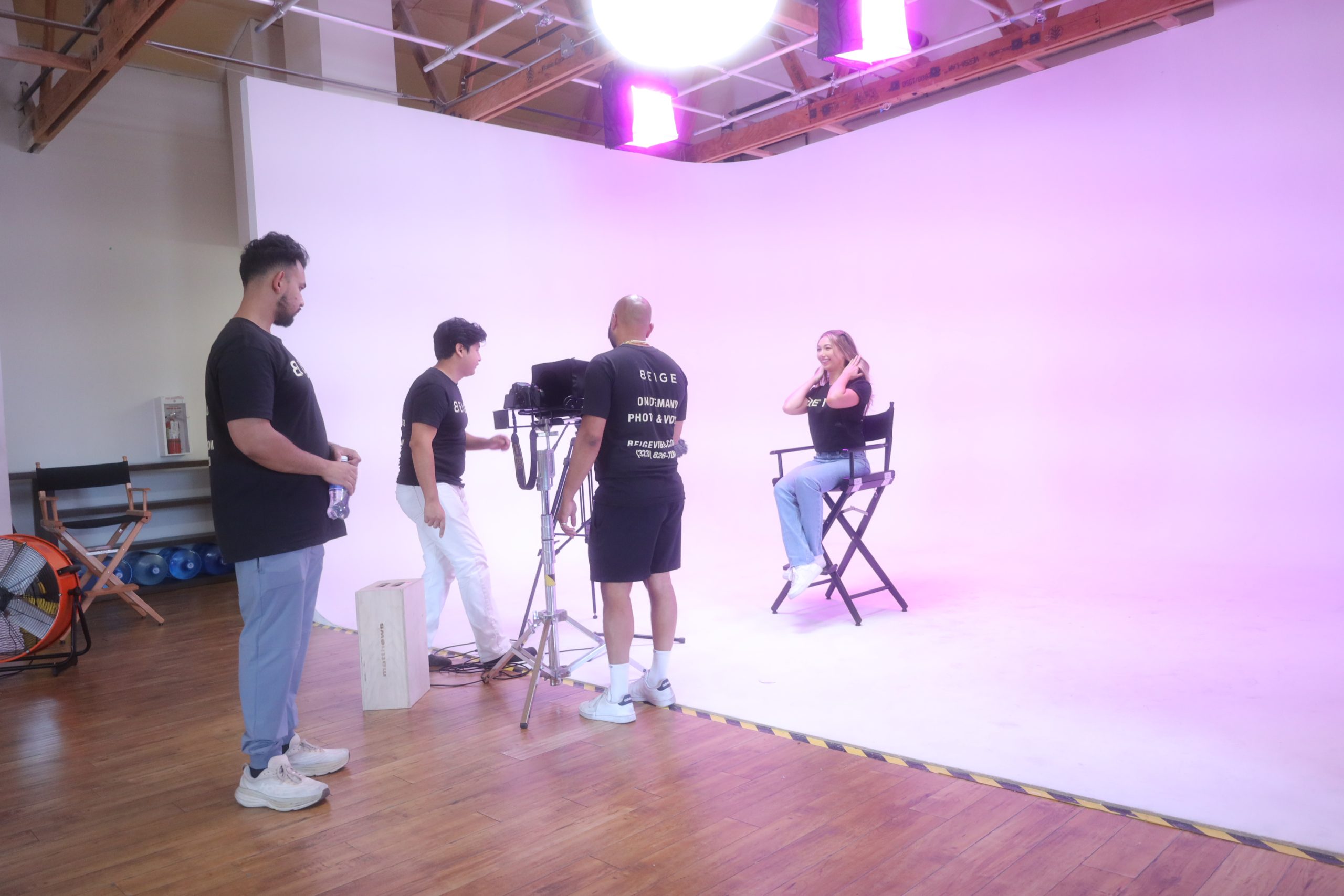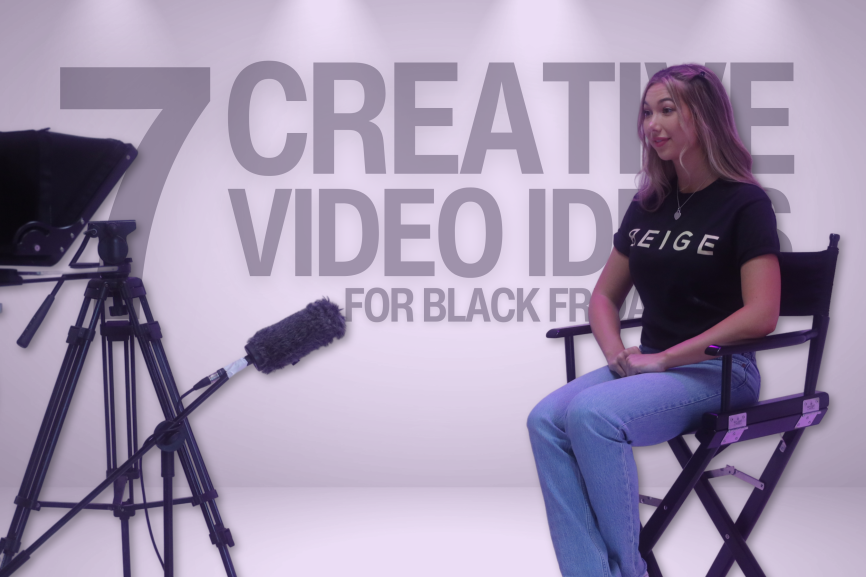No products in the cart.

Engagement Photo Session Tips: A Comprehensive Guide
Introduction: Everyone dreams of receiving a romantic proposal from their significant other. It resembles a childhood fantasy coming to pass. It really is a
Choosing the right backdrop for product photography is a crucial aspect of capturing high-quality and visually appealing images. The backdrop you select can greatly impact the overall aesthetics and presentation of your products. This article will guide you in making informed decisions when choosing a backdrop, provide an overview of the different types of backdrops available, offer tips for selecting the perfect backdrop, and discuss how to properly set up the backdrop for product photography.
The choice of backdrop holds significant importance in product photography, as it sets the tone and creates the desired visual impact. Several factors need to be considered when selecting a backdrop, including color and tone, material and texture, size, and format. Each factor plays a role in conveying the right message and enhancing the product’s features.
There are various types of backdrops available for product photography, each with its own unique characteristics and advantages. These types include seamless paper, fabric, vinyl, muslin, and canvas. Understanding the qualities of each type will help you make an informed decision based on your specific needs and preferences.
Choosing the right backdrop is of utmost importance in product photography for several reasons:
Take these factors into consideration when choosing a backdrop for your product photography to ensure that you achieve the best representation of your product.
When it comes to choosing the perfect backdrop for product photography, several crucial factors should not be overlooked. In this section, we’ll dive into the nitty-gritty details of what you need to consider. We’ll explore the impact of color and tone, materials and textures, and even the size and format of the backdrop. So, buckle up and get ready to master the art of selecting the ideal backdrop to make your product shine in every frame.
Color and tone are crucial aspects to take into account when selecting the appropriate backdrop for product photography. The choice of colors and tones plays a significant role in shaping the overall look and feel of the images. In order to make a well-informed decision, it is imperative to consider various factors, including the product’s color and branding, the desired mood and style of the photos, and the target audience. By choosing a backdrop that complements the product and enhances its features, the images will become more visually appealing and successful in capturing customer attention. Experimenting with diverse color combinations and tones can aid in determining the most suitable backdrop for each product.
Material and texture are key factors to consider when selecting the perfect backdrop for product photography. The choice of material has a significant impact on the overall appearance and feel of the image, while texture adds dimension and visual interest. Various materials, including fabric, paper, and vinyl, offer distinct characteristics that can either enhance or detract from the product being photographed. To help you make an informed decision, refer to the following table showcasing different materials and their corresponding textures:
| Material | Texture |
|---|---|
| Fabric | Smooth, textured, or patterned |
| Paper | Solid or patterned |
| Vinyl | Sleek or matte |
| Size and Format | |
|---|---|
| The size and format of the backdrop are crucial considerations in product photography. Choose a backdrop size that suits the dimensions of your products. Too small may not provide enough coverage, while excessively large backdrops can be difficult to manage. | Select a format that matches the composition of your shots. Horizontal backdrops work well for group or wide-angle shots, while vertical formats are ideal for single product close-ups. |
| Consider the size of your shooting space and the distance between the product and the backdrop to achieve the desired composition and depth of field. | Experiment with different formats to see what works best for your products and brand aesthetics. Square backdrops can create a balanced look, while custom-shaped backdrops can add a unique touch. |
Remember to assess the needs of your specific products and consider your brand’s style when choosing the size and format of your backdrop.
Looking to capture the perfect shot for your products? Look no further! In this section, we’ll reveal the best tips to help you select the ideal backdrop. From considering the product and branding to matching the backdrop with the mood and style, we’ve got you covered. And don’t forget the importance of testing and experimenting to find the right fit. Plus, we’ll dive into the essential factors of lighting and reflections. Get ready to elevate your product photography game!
When choosing a backdrop for product photography, it is essential to consider the product and branding to create a cohesive and visually appealing image. Here are some factors to consider:
Fact: Studies show that consistent branding across images can increase brand recognition by up to 80%.
Matching the backdrop to the mood and style of your product Photography is crucial for creating cohesive and visually appealing images.
When it comes to product photography, testing and experimenting with different backdrops is crucial to achieving the perfect image.
Follow these steps to begin:
By dedicating time to testing and experimenting with different backdrops, you can discover the perfect one that beautifully showcases your product. Throughout history, iconic product images have arisen from photographers who fearlessly ventured into new and unconventional approaches, pushing the boundaries of product photography. So, embrace your creativity and do not hesitate to try something different!
To capture high-quality product photos, it is important to consider lighting and reflections. Here are key factors to keep in mind:
Remember, giving careful thought to lighting and reflection management can significantly improve the visual appeal and professionalism of your product photos, leading to increased customer engagement and sales.
Fact: Effective lighting and reflection management have a major impact on the overall visual quality of product photography. This results in attention-grabbing images that drive customer interest and conversions.
When it comes to product photography, the backdrop you choose can make all the difference. In this section, we’ll explore the art of setting up the perfect backdrop for your product photos. From selecting the right support system to ensuring proper lighting, we’ll cover all the essential elements that contribute to a visually stunning composition. So get ready to transform your product images from ordinary to extraordinary with these expert tips and techniques.
When it comes to setting up a backdrop for product photography, selecting the appropriate support system is vital in order to achieve professional results. Here are a few essential factors to keep in mind when making your decision:
By taking these factors into account, you can confidently select the ideal support system for your product photography needs. This will allow you to focus on capturing stunning images that effectively showcase your products.
To ensure proper lighting for product photography, follow these steps:
By adhering to these steps, you can guarantee the attainment of proper lighting, effectively highlighting the details of your products and enhancing their visual appeal to potential customers.
When it comes to product photography, there are several additional considerations for product photography that need to be kept in mind to ensure the best results.
A friend of mine, a small business owner, struggled to capture the beauty of her handmade candles in product photos. After considering these additional considerations for product photography, she incorporated a soft neutral backdrop, used natural lighting, and added a few decorative props to create stunning images that reflected the essence of her brand. The improved visuals instantly attracted more customers and boosted her sales.
Looking for reasons to invest in high-quality product photography?
Here’s why it can make a world of difference! Boosting conversions, catching customer attention, and driving click-through rates are just a few benefits waiting to be explored in this section. So, buckle up and get ready to see how impactful the right backdrop can be for your product photography endeavors. Let’s dive in!
To effectively increase conversions in product photography, it is vital to implement the following strategies:
Fact: According to a study, visually appealing and informative product images can significantly increase conversions by up to 30%.
To attract customer attention in product photography, certain factors should be considered. Here is a list of tips:
By carefully selecting the right backdrop, you can effectively attract customer attention and make your product stand out in photographs.
Driving click-through rates in product photography is crucial for increasing online sales. Here are some strategies that can help:
By implementing these tips, you can effectively drive click-through rates and boost the success of your product photography.
When choosing the right product photography backdrop, consider factors such as the product being photographed, the desired aesthetic, and the budget. Some tips include making a plan, selecting a backdrop that complements the product, experimenting with different surfaces, and editing the images for a consistent look.
Westcott’s X-Drop line offers a range of wood plank options for canvas backdrops. These backdrops are durable and cost-effective, starting at approximately $100.
Savage’s 01 Super White seamless paper background is a cost-effective option for most products. It is a versatile choice, available in various sizes and colors, with prices ranging from $20 to $230 per roll.
Yes, muslin backdrops are popular for product photography due to their durability, resistance to tearing, and washability. LimoStudio offers high-quality muslin backgrounds, and Issuntex’s 6 ft. x 9 ft. white muslin backdrop is a budget-friendly option available on Amazon for about $20.
Green screen backdrops are necessary for shooting against a green screen and facilitate easier post-production. Westcott’s Wrinkle-Resistant Chroma Key backdrop is ideal for photos and videos, priced at about $80.
To enhance the overall appearance of product photography, establish an editing style and use presets for consistency across the set of images. By having a defined editing style and utilizing editing strategies, such as reducing post-editing work and clever use of digital channels, the product images can be made more visually appealing and in line with brand identity.
Lorem ipsum dolor sit amet, consectetur adipiscing elit. Suspendisse varius
enim in eros elementum tristique.






